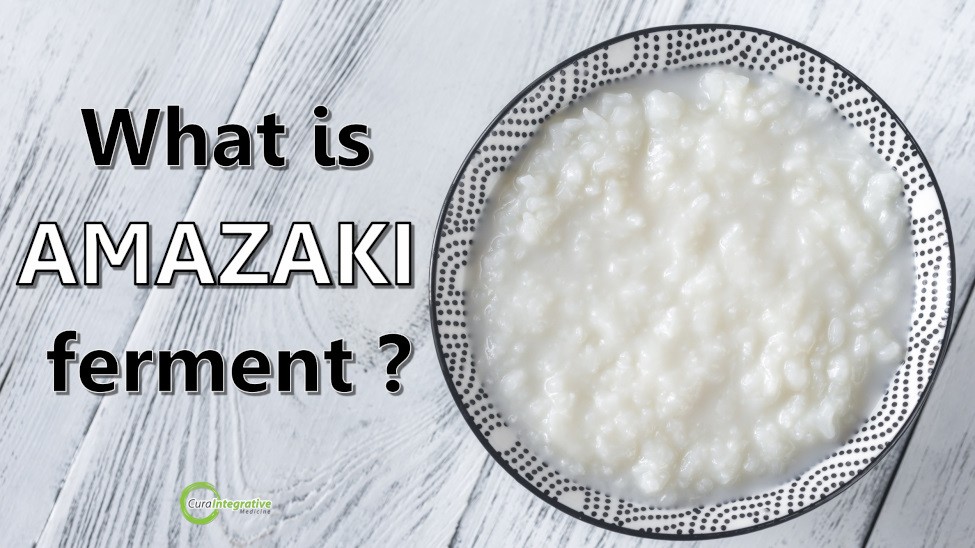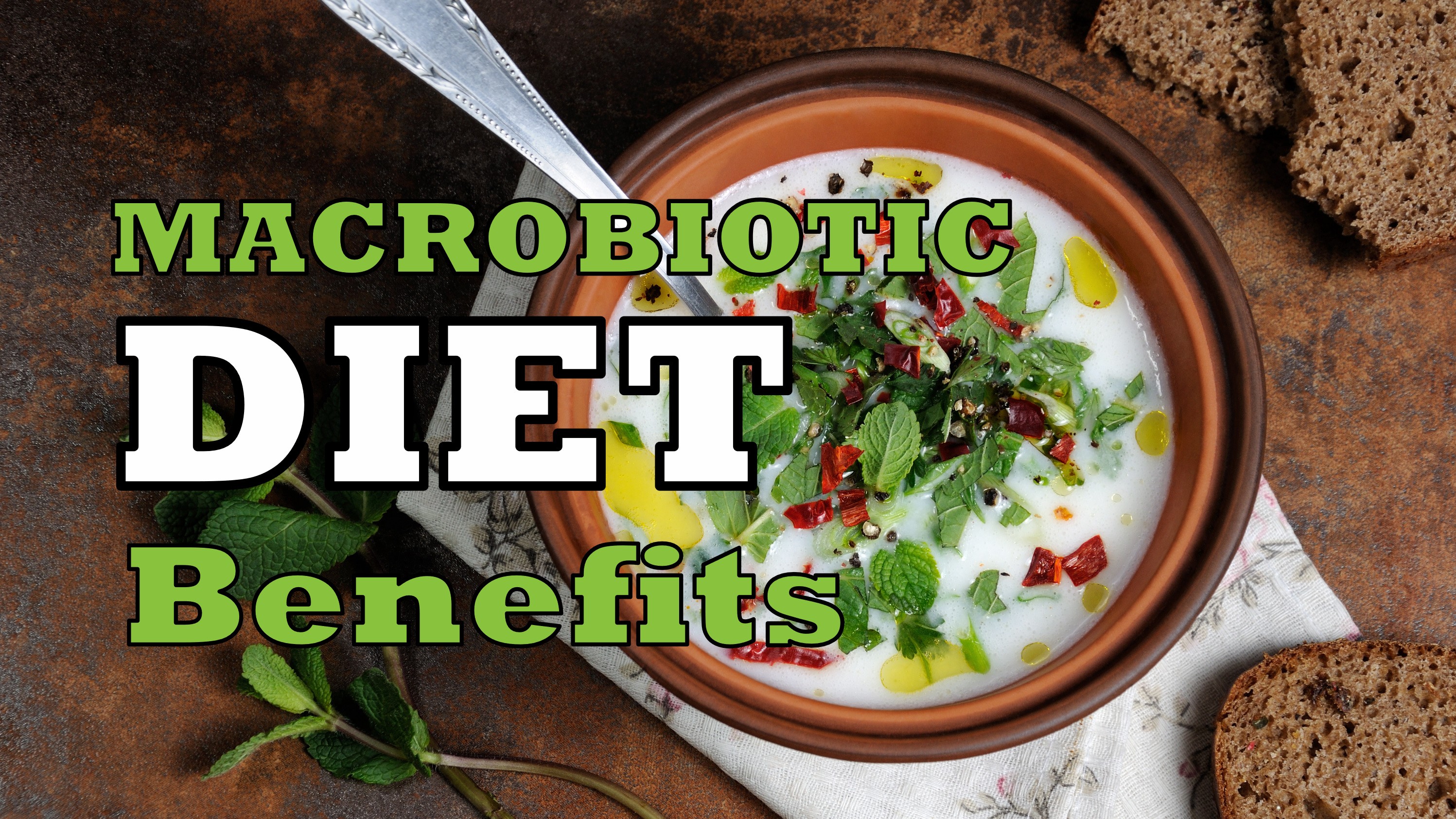Koji is a less known superfood found in a variety of macrobiotic foods. Containing Aspergillus oryzae, koji is used to make foods such as miso, amazaki and tamari. Read More…

Overcoming Chronic Disease by Addressing Inflammation
Posted 4 Sep '19
Chronic inflammatory disease have been on a steady rise, reaching epidemic levels around the world. In Australia alone, half of the population suffer from one.
Asthma, allergies, high blood pressure, type 2 diabetes, obesity, arthritis, cancer, MS, Alzheimer’s, Parkinson’s, ulcerative colitis, and coeliac disease are among the many types of chronic diseases. It happens throughout the body, affecting all of the body’s systems. The most common underlying condition that comes with these diseases is inflammation. And the good news is that by tackling the inflammation, symptoms will be greatly reduced, or the risk of these diseases from occurring is also greatly lessened.
What is inflammation?
Inflammation is the body’s way of protecting itself. It is a healthy and natural response when it is met with injury or threat. Inflammation prevents further damages by:
- Immobilising the affected area, preventing further injury, by swelling.
- Telling the brain to make the body want to stop any activities, and rest, through pain.
- Increasing blood flow surrounding the area to help with healing, causing redness.
These three signs says that there is an inflammation occurring, and for a short period of time, it is beneficial to the body. However, when it becomes an ongoing or recurrent inflammation, it could lead to chronic inflammatory disease.
Turning inflammation down
Once inflammation goes off, how can the body shut it down? There is this so-called Specialised Pro-resolving Mediators or SPMs, which are messenger cells that travel to the affected area and assist in shutting down the inflammatory processes. SPMs are part of the inflammatory cascade process which shifts inflammation and and off.
Anti-inflammatory lifestyle
What you do as your daily routine can greatly help reduce inflammation.
- Anti-inflammatory diet. Foods that can help turn down inflammation include oily fish, olive oil, walnuts, turmeric, avocado, ginger, dark leafy green vegetables, blueberries, broccoli, cauliflower, carrot, beetroot, cinnamon, and purple grapes.
- Gentle movements. Do low impact activities such as yoga, walking, cycling, swimming, water aerobics, and tai-chi. Body movement ups emotional resilience, and improves pain management and range of motion.
- Hydration. When dehydrated, muscles and joints shrink and dries out. Stay “juiced” and maintain fluid muscles and joints to help ease pain. Goal is to drink at least 30ml of water per kilogram of your body weight daily.
- Sound sleep. The body heals and repairs itself best during sleep. Make sure you get enough rest to help it keep inflammation at bay.
If you or anyone you know may have chronic inflammation, you don’t have to suffer and accept it as your daily struggle. Talk to your practitioner now if you have recurring pain and other symptoms that may point to chronic inflammation.





